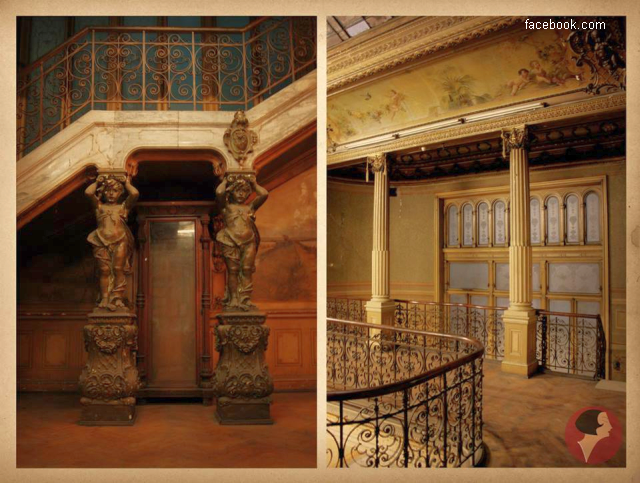The Macca Residence
The Macca Residence is currently housing the Archeology Institute in Bucharest.

Ștefan Baciu, 22.02.2014, 14:14
Right at the heart of Bucharest, on Henri Coanda Street, there lies a heritage building of exquisite beauty; this is the Macca Residence, presently housing the National Institute of Archeology and the Museum of Antiquities. Built in mid 19th Century, the Macca Residence is one of Bucharest’s oldest heritage buildings, and back in its time it was quite a novelty in terms of style and dimensions. With the Romanian principalities in full process of westernization and opening to trade shortly after 1830, increasingly sumptuous boyar mansions were built, resembling those in Western Europe.
The residence belonged to colonel Petre Macca, a hero of the 1877 War of Independence, and his wife Elena, known for her charity work with the Romanian Orthodox Church. Here is academician Alexandru Vulpe, director of the Vasile Parvan Institute of Archaeology, with more on this building.
Alexandru Vulpe: “We don’t exactly know, when the house was built but what we do know is that somewhere around 1860 the house was already inhabited. It has gone through a series of restoration works along the years, and today we can consider it a late 19th Century architecture monument. Built in the baroque style with elements of mannerist architecture, the mansion is one of the most prestigious historical and art monuments in Bucharest.”
With a total surface of 370 square meters, the mansion has four levels: a basement, ground floor, a first floor and a penthouse. The baroque style, rich in exterior and interior decorations and ornaments, garlands, various vegetal and geometric elements, is obvious. The mansion’s walls and ceilings have paintings with meaningful stylistic suggestions, while some of its stuccowork is covered in thin layers of gold. Towards the end of the 19th century, the balconies were restored with Art Nouveau elements and a large new stained glass window was added. Maybe these are the last restoration works ordered by the owners before their death, upon which the mansion was donated to the Ministry of Education.
After a while the mansion started to be used as the headquarters of the Museum of Antiquities. Here is Alexandru Vulpe again.
Alexandru Vulpe: “The Museum of Antiquities dates back to 1830, after governor Mihalache Ghica had donated his collection of old artifacts to the state. These objects together with a collection that belonged to general Mavros, a friend of colonel Macca’s, were the first on view at this museum founded through a decree by Prince Alexandru Ioan Cuza in 1864, and at that time there was no connection to this building. Paradoxically, the mansion came to host this museum thanks to Mrs. Macca’s will, which she made after the death of her husband. The donation was reconfirmed in 1931 by the government led by Nicolae Iorga. It has been known as the National Museum of Antiquities ever since, and has hosted almost the entire archaeological research conducted in Romania after WWl.”
The Institute of Archeology was founded in 1956 under a decree issued by the Council of Ministers and it was subordinated to the Romanian Academy. From that moment on the Macca Residence has been considered part of the Romanian Academy, housing the Institute of Archeology, which also includes the old Museum of Antiquities. At present the mansion is in an advanced state of decay and in sore need of capital restoration. Sadly, in spite of the consistent efforts made, the Institute has failed to raise the money needed for restoration. And thus one of Bucharest’s historical buildings is slowly falling apart.





























